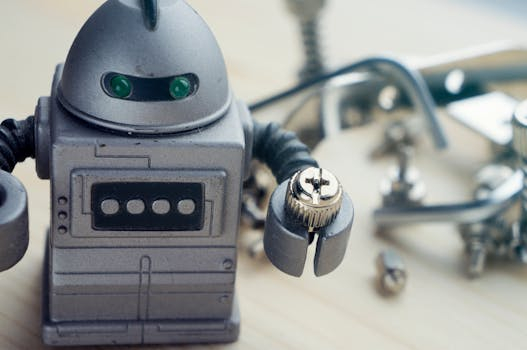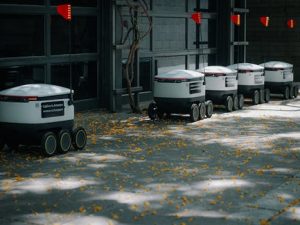How AI Is Making Gadgets More Sustainable
We live in a world where technology is constantly evolving and becoming an integral part of our daily lives. From smartphones to smart homes, gadgets have become an essential part of our convenience and comfort. However, the production and disposal of these gadgets have a major impact on the environment, leading to a growing concern for sustainability. This is where Artificial Intelligence (AI) comes into play – as a potential solution to make gadgets more sustainable. In this article, we will explore how AI is revolutionizing the tech industry and helping to create a more environmentally friendly future.
The Problem with Gadgets
The demand for gadgets is continuously increasing, resulting in a large amount of electronic waste. According to the Global E-waste Monitor, it is estimated that 53.6 million metric tonnes of electronic waste was generated in 2019 alone. E-waste contains hazardous materials such as lead, mercury, and cadmium, which can harm both the environment and human health. Moreover, the process of manufacturing gadgets requires a significant amount of energy and resources, contributing to carbon emissions and depletion of natural resources.
How AI is Addressing the Issue
Artificial intelligence, also known as machine intelligence, is the ability of machines to simulate human intelligence and perform tasks that would typically require human intelligence. With its advanced algorithms and data processing capabilities, AI is playing a crucial role in making gadgets more sustainable. Let’s delve deeper into how AI is making a positive impact in this area.
Efficient Recycling and Reuse
One of the key ways AI is making gadgets more sustainable is through efficient recycling and reuse. With its ability to analyze and sort vast amounts of data, AI can identify different materials and components present in e-waste, making it easier for recycling facilities to extract valuable materials. This not only reduces the need for mining and extracting new raw materials but also decreases the amount of waste that ends up in landfills.
Moreover, AI is also helping in the refurbishing process of gadgets. By analyzing the performance and usage data of devices, AI can detect any issues and provide preventive maintenance, extending the lifespan of gadgets and reducing the need for constant replacements.
Reducing Energy Consumption
Another way AI is making gadgets more sustainable is by reducing energy consumption. Smart homes and offices equipped with AI-powered energy management systems can optimize energy usage by analyzing data such as occupancy, weather, and behavior patterns of users. This not only helps in reducing energy bills but also reduces the strain on the power grid, leading to a more sustainable energy system.
Designing Environmentally Friendly Products
In the initial stages of gadget design, AI can play a significant role in creating environmentally friendly products. By utilizing its data analysis capabilities, AI can identify and recommend the most energy-efficient and sustainable materials for production. It can also aid in predicting the lifespan and potential environmental impact of the product, allowing companies to make necessary improvements before mass production begins.
Challenges of Implementing AI in Sustainability
Despite the many benefits, there are still challenges to be addressed in implementing AI in sustainability efforts for gadgets. One of the main concerns is the lack of regulation and standards for AI-powered gadgets and systems. There is a need for transparent data usage and ethical guidelines to ensure that AI is being used for the greater good of sustainability.
Additionally, the high costs associated with implementing AI technology in gadgets can be a barrier. However, as AI continues to evolve and become more widely used, these costs are expected to decrease, making it more accessible for companies in the long run.
The Future of Sustainable Gadgets
The potential of AI in making gadgets more sustainable is vast and continues to grow. As technology advances, we can expect to see more intelligent and environmentally friendly gadgets being produced. From self-sustaining energy systems to eco-friendly materials, AI will undoubtedly help us move towards a more sustainable future.
In Conclusion
AI is bringing about a significant transformation in the tech industry, and its role in sustainability cannot be overlooked. From efficient recycling to designing environmentally friendly products, AI is making gadgets more sustainable in various ways. By addressing the challenges and embracing the potential of AI, we can reduce our environmental impact and create a better future for generations to come.









